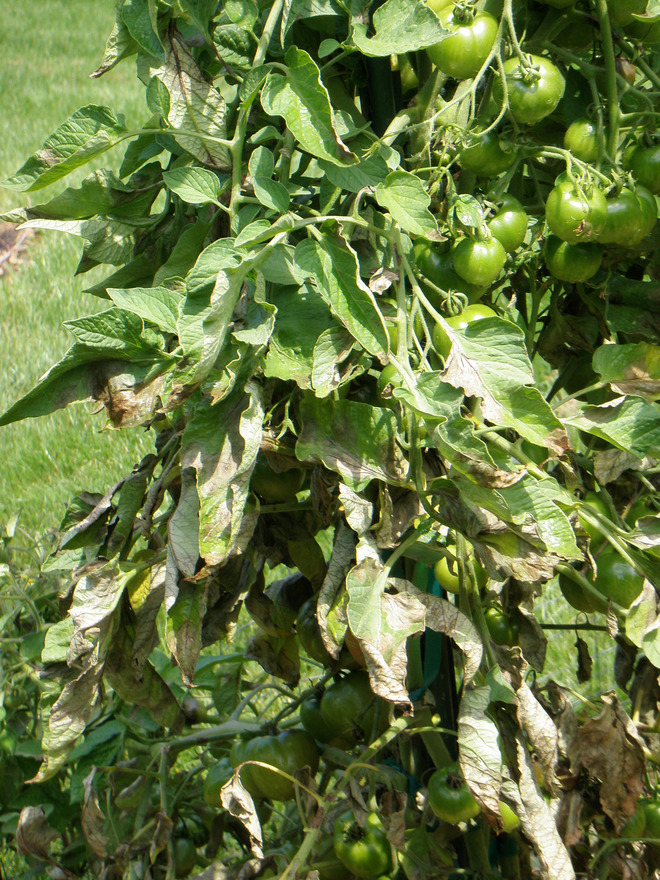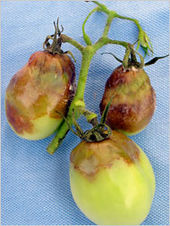
Mercury contamination found in a quarter of U.S. freshwater fish exceeds federal safe levels for human consumption, according to a study released today by the U.S. Geological Survey.
The agency examined mercury in fish, sediment and water drawn from 291 rivers and streams between 1998 and 2005, finding 25 percent carried mercury at levels above the safe standard for human consumption (0.3 parts per million wet weight), while all of the fish had detectable mercury levels.
"This study shows just how widespread mercury pollution has become in our air, watersheds, and many of our fish in freshwater streams," Interior Secretary Ken Salazar said in a statement. "This science sends a clear message that our country must continue to confront pollution, restore our nation's waterways, and protect the public from potential health dangers."








Comment: Related Story:
US: The Irish Potato Famine Fungus Is Attacking Northeast Gardens And Farms Now